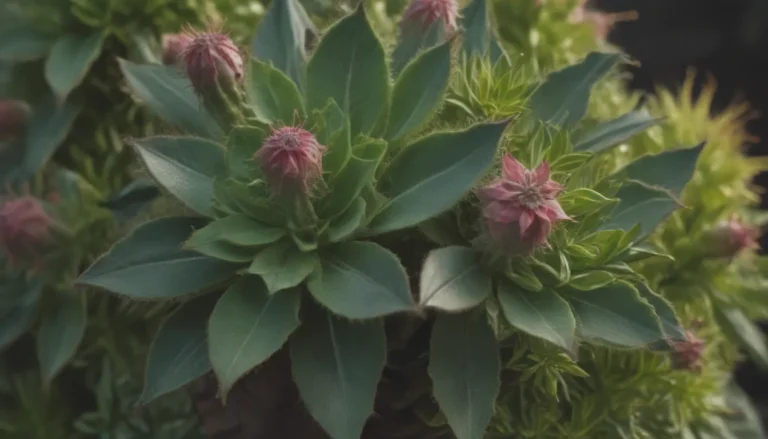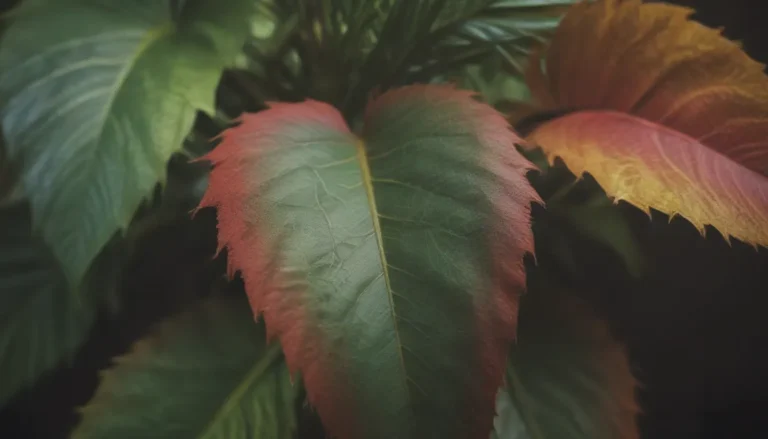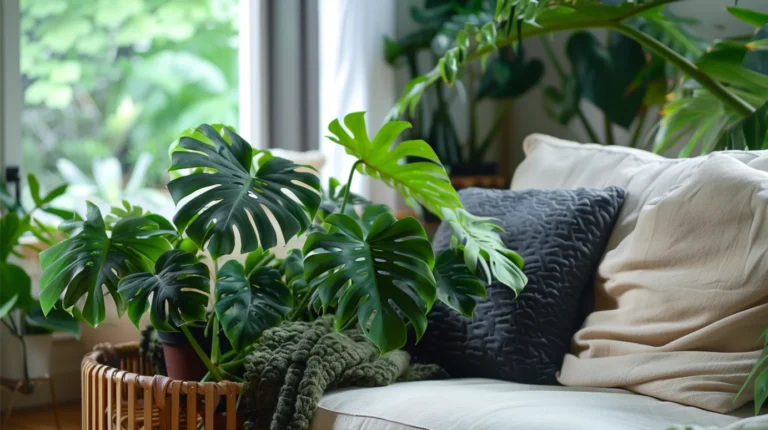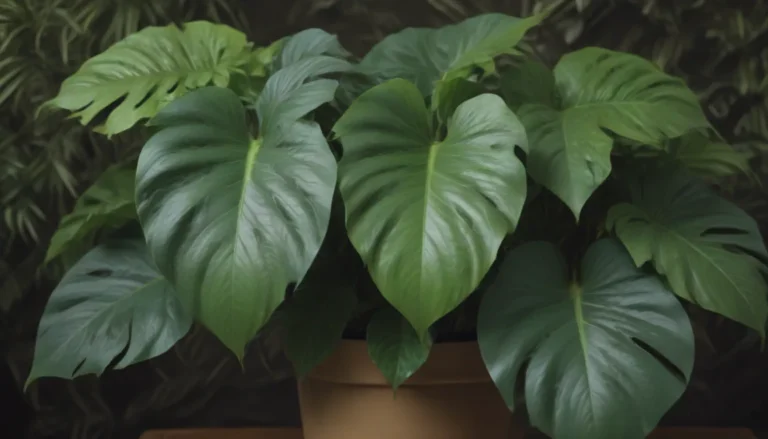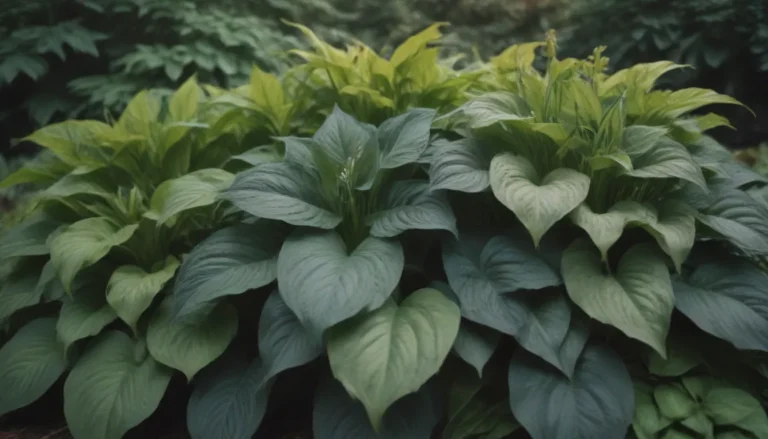How to Care for Your Prayer Plant: Common Issues and Solutions
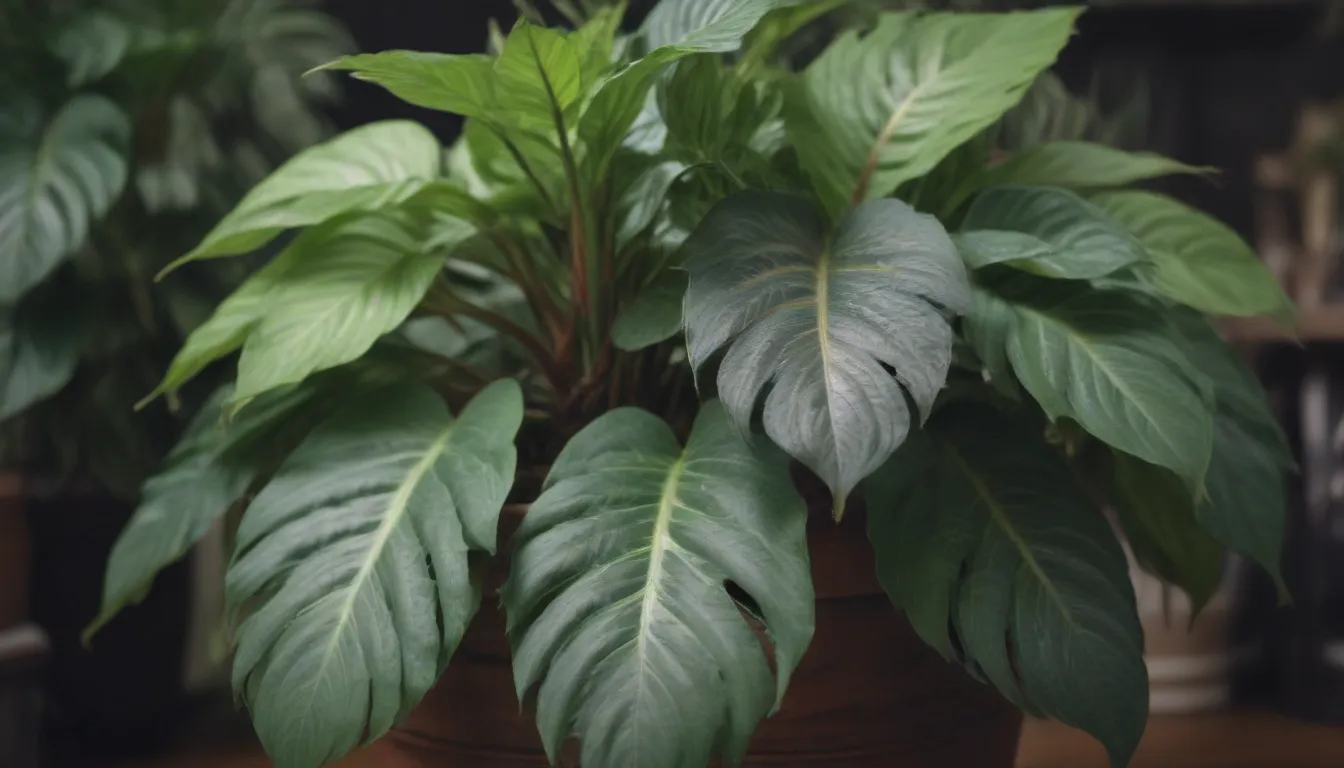
Are you a proud plant parent of a prayer plant (Maranta leuconeura) but noticing that its leaves are curling? Don’t worry, you’re not alone. Curling leaves on prayer plants can be a common issue, but with a little bit of TLC, you can easily fix it. In this comprehensive guide, we will explore the four most common reasons why your prayer plant’s leaves are curling and provide you with practical solutions to help your plant thrive.
Understanding Your Prayer Plant
Before we dive into the reasons behind curling leaves, let’s take a moment to appreciate the beauty of prayer plants. These tropical houseplants are beloved for their stunning, brightly colored foliage that showcases intricate patterns. Prayer plants earned their name because their leaves fold up at night, resembling a pair of hands in prayer.
Prayer plants are relatively easy to care for, but like any plant, they have specific needs that must be met to ensure their health and vitality. One common issue that plant parents encounter is when the leaves of their prayer plant start to curl. If you notice this happening, it’s essential to take action promptly to address the underlying problem.
Common Reasons Your Prayer Plant’s Leaves Are Curling
- Underwatering
One of the most common reasons for curling leaves on a prayer plant is underwatering. Prayer plants prefer to have consistently moist soil, and if the soil dries out too much between waterings, the leaves can start to curl. Signs of underwatering also include drooping leaves that feel soft and limp to the touch.
Solution: Ensure that you water your prayer plant thoroughly whenever the top inch of soil feels dry. If your plant has dried out to the point where the roots are damaged, consider placing it in water to encourage root growth before repotting it in fresh soil.
Tip: If you tend to forget to water your plants, consider using plant watering globes to help maintain consistent moisture levels.
- Lack of Humidity
While prayer plants can tolerate standard household humidity levels, they thrive in environments with at least 50% humidity. If your plant is located in a dry area of your home, such as near a heater or drafty vent, it may struggle with curling leaves due to insufficient humidity.
Solution: Consider relocating your prayer plant to a more humid area of your home, such as a bathroom or laundry room. You can also use a humidifier specifically designed for plants or create a pebble tray to increase humidity around the plant.
- Lack of Sunlight
Prayer plants are known for being low-light plants, but they still require some sunlight to thrive. If your plant is showing curled leaves and you’ve ruled out watering and humidity issues, it may be lacking sufficient light.
Solution: Move your prayer plant to a brighter location with indirect sunlight or use a grow light to supplement its light needs.
- Temperature
While less common, extreme temperatures can also cause prayer plant leaves to curl. Prayer plants prefer temperatures between 60 and 80 degrees Fahrenheit, making them well-suited for indoor growing. Extreme cold or heat can stress the plant and lead to curled leaves.
Solution: Maintain a consistent temperature range for your prayer plant, avoiding exposure to extreme cold or heat. If you live in a region with harsh winters or hot summers, be mindful of the plant’s positioning in relation to windows.
By addressing these common issues and providing your prayer plant with the care it needs, you can help it thrive and regain its vibrant appearance. Remember that plant care is a continuous learning process, so don’t be discouraged if you encounter challenges along the way.
Additional Tips for Caring for Your Prayer Plant
- Prune regularly: Trim any yellow or damaged leaves to promote healthy growth.
- Fertilize sparingly: Use a balanced houseplant fertilizer once a month during the growing season.
- Monitor for pests: Keep an eye out for common houseplant pests like spider mites or mealybugs.
- Rotate your plant: Turn your prayer plant regularly to ensure even growth on all sides.
Remember, every plant is unique, and what works for one may not work for another. By observing your plant’s behavior and adjusting your care routine accordingly, you can develop a strong bond with your prayer plant and watch it thrive in your home.
In conclusion, caring for a prayer plant is a rewarding experience that can bring joy and beauty to your living space. By understanding the common issues that may cause curling leaves and implementing the solutions provided in this guide, you can ensure that your prayer plant remains healthy and vibrant for years to come. Happy plant parenting!
